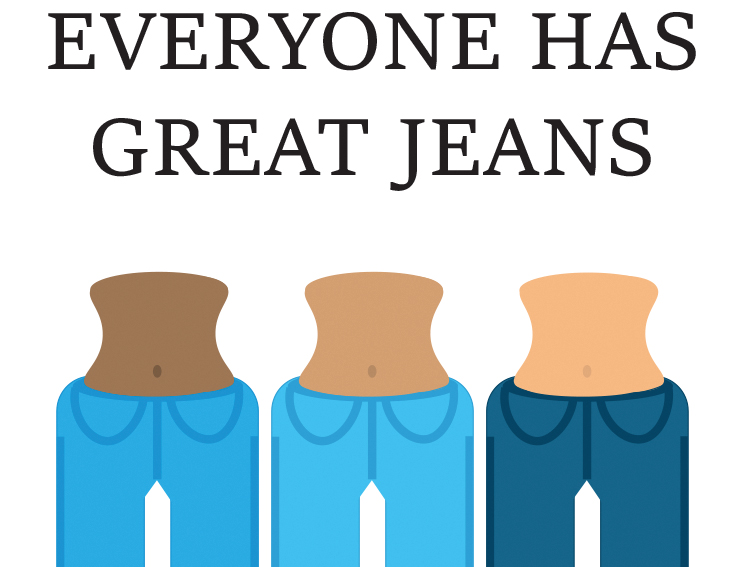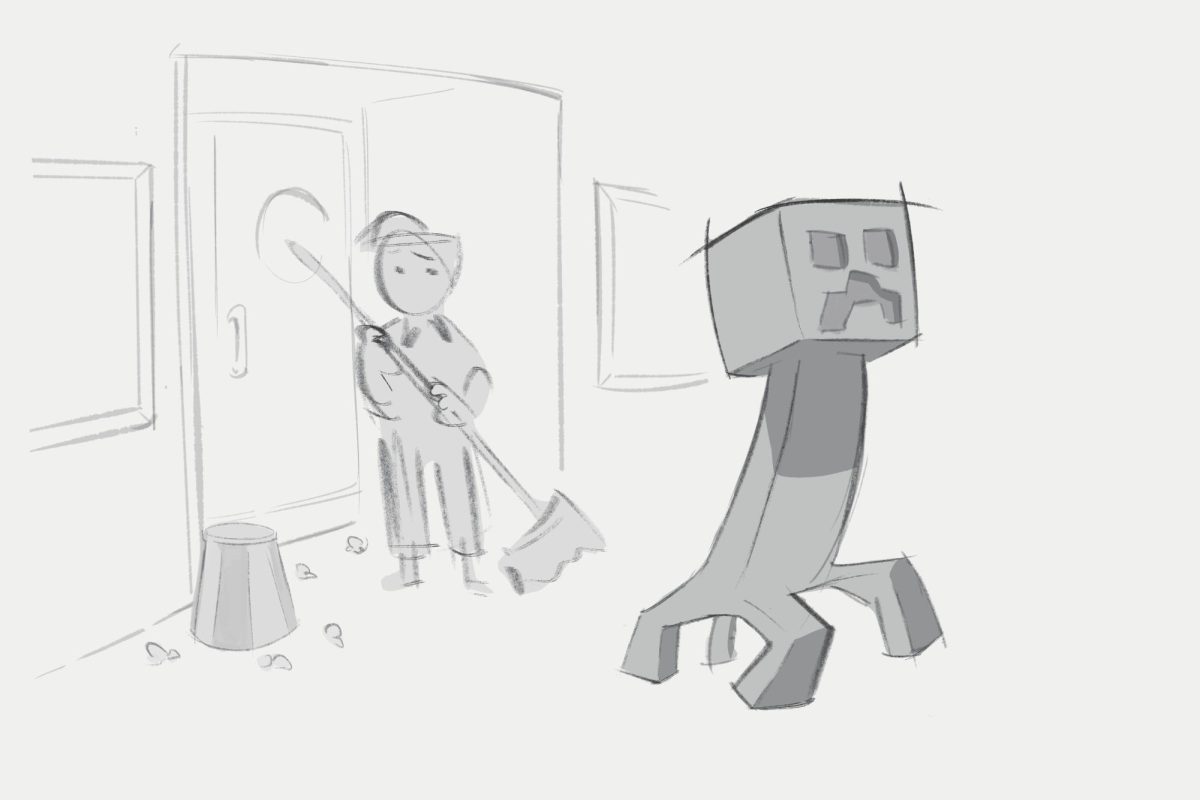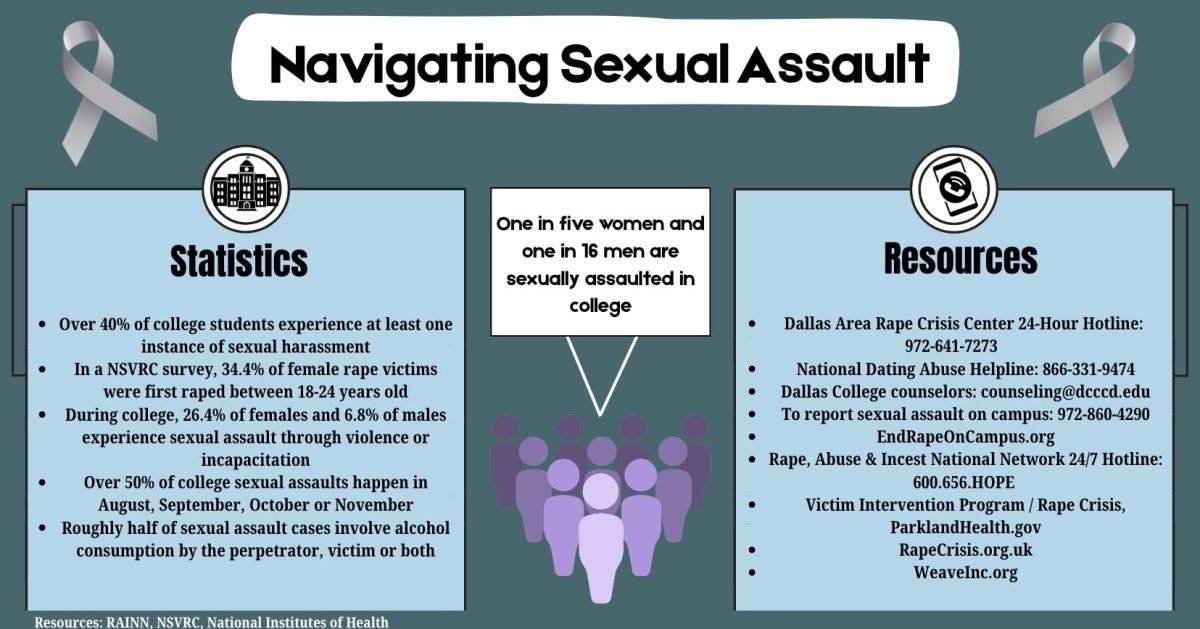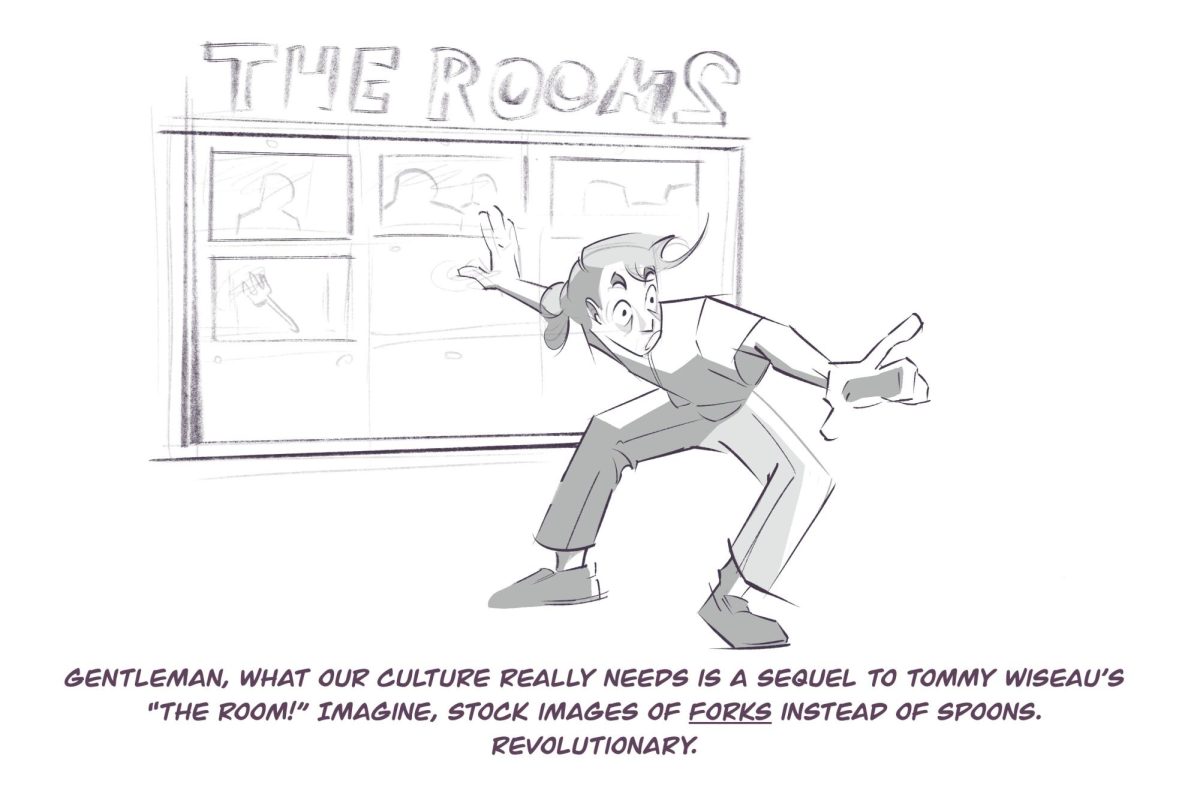By Diamond Victoria
Arts & Culture Editor
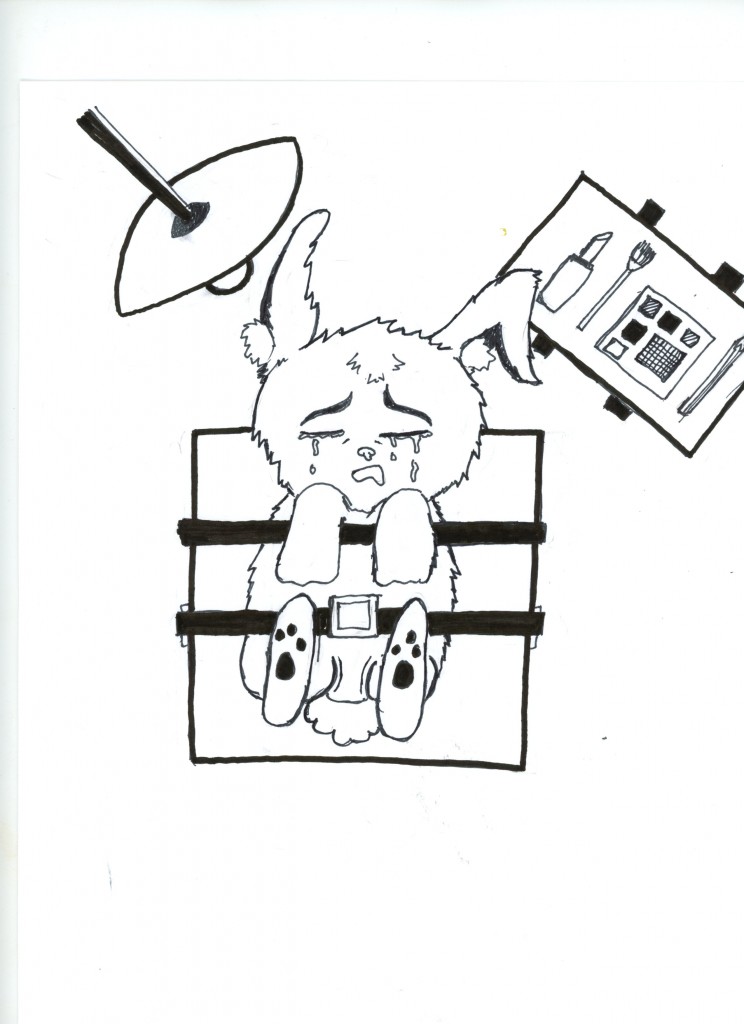
Cruelty to animals has remained ivy on the great walls of cosmetics testing for years. Unnecessary, inconclusive and inhumane lab experiments show the ugly side of beauty, and it is about time justice for animals prevails.
For decades, cosmetics companies have hired scientists to repeatedly abuse mice, rabbits, guinea pigs and other creatures in preparation for the sale of beauty products. The cosmetics industry is just one of several torturing animals, but this specific industry hits home for me.
I served as a makeup artist and product specialist at what I will only refer to as a company owned by Estée Lauder for six years. I loved it. I was good at it. I made a great salary, and I was proud to represent a cruelty-free cosmetics company. Toward the end of my career, however, they dropped the bomb on me.
“Oh, by the way,” my boss said casually, at the tail end of a typical weekly meeting. “Estée Lauder has now approved their products to be tested on animals in China.”
Nobody else seemed to care about this sudden ethical shift. Meanwhile, I was stunned. I wasn’t the same after that meeting. I wasn’t proud to be facilitating meetings or working backstage beautifying runway models after that.
As frustrated as I was, it took me about six months to walk away from that solid career, only to become a struggling waitress living by myself. It was a tough transition, trust me, but I felt good about standing for my convictions.
I refused to be complicit to animal cruelty so bratty 20-somethings could smear on $16 lipstick. I may be stereotyping my then-clientele, but that is how I felt.
Fuzzy bunnies and squeaky mice are shaved and slathered in labs across the world, all to test the toxicity of experimental ingredients. Once the effects of the ingredients are determined, the victims are simply killed.
One method of testing beauty products is toxicokinetics. This method determines how an ingredient is absorbed, distributed, metabolized and excreted. The test subjects are force-fed cosmetics ingredients before being killed. Once dead, their organs are examined to see how the ingredient was distributed in their bodies.
Many more methods are used that torture these bred-for-testing animals. But it should not remain this way, nor does it have to.
Forward-thinking scientists have created methods that replace the torture of animals in cosmetics testing. ‘In vitro’ and ‘in silico’ toxicology are two examples of safer testing methods.
‘In vitro’ toxicology uses the cells and tissue of plastic surgery patients willing to donate to science. This approach to cosmetics testing works because the cells are grown in state-of-the-art systems that simulate the function of human organs.
‘In silico’ toxicology involves computer-modeling techniques that simulate human biology and the advancement of developing diseases. This method can accurately predict how new ingredients react in humans and the likelihood of possible negative effects.
Cosmetics companies Urban Decay, Bare Escentuals and Lush remain cruelty-free, and several more are eager to spread the word of animal cruelty in laboratories. To learn more about how to support progressive and humane beauty, visit mybeautybunny.com or leapingbunny.org.
Beauty isn’t just a shiny lipstick or rosy blush; it’s humanity.
The next time you are dolling up, consider how your mascara and foundation are tested to ensure your safety. If it means a bunny’s life, educate yourself, and join the fight to end animal cruelty.



